Cucumber Richmond River Green Apple
$4.49
Cucumis Sativus
- Seed Count 15
- Green Oval Fruit
- Annual
In stock
Description
Looking for a unique addition to your garden? Meet the Cucumber Richmond River Green Apple, an Australian heirloom variety that’s starting to gain a following with gardeners worldwide. This delightful cucumber is not just a pretty face; it’s a true garden superstar.
These plump, palm-sized ‘apples’ boast a vibrant green skin and crisp, juicy white flesh. With a refreshing tang and none of the bitterness that can come from other types, they’re perfect for tossing in salads or enjoying fresh off the vine.
Not only are they delicious, but the Cucumber Richmond River Green Apple is incredibly prolific, producing around 21 kg of cucumbers per plant!
| Method: Sow direct | Soil Temp: 16°C - 35°C |
| Cool Mountain: Oct - Dec | Position: Full sun |
| Arid: Aug - Feb | Row Spacing: 60 cm |
| Temperate: Aug - Feb | Planting Depth: 5mm |
| Sub Tropical: Aug - Mar | Harvest: 60 Days |
| Tropical: Apr - Aug | Plant Height: 2 m trailing |
Climate
Temperature:
- Cucumbers need warm temperatures between 20°C to 30°C. They thrive when daytime temperatures are consistently above 15°C.
Frost Sensitivity:
- Cucumbers are sensitive to frost; plant them after the last frost date in your region.
Soil Requirements
Soil Type:
- Well-draining loamy soil is ideal.
- Heavy clay soils can be improved with compost or organic matter.
Soil pH:
- Aim for a pH between 6.0 and 7.0 to promote nutrient availability.
Nutrients:
- Cucumber plants have high nutrient demands, particularly for nitrogen and potassium.
Soil Preparation
Testing Soil
- Conduct a soil test to determine pH and nutrient levels.
Amending the Soil
- Add compost, aged manure, or a balanced organic fertilizer to increase nutrient levels.
- Work these amendments into the soil to improve its texture and nutrient content.
Planting Cucumbers
Direct Sowing:
- In most Australian regions, cucumbers can be sown directly into the garden from late spring.
Indoor Start:
- For a head start, sow seeds indoors 3-4 weeks before the last frost date, using seedling trays with seed-raising mix.
Seed Spacing:
- Plant seeds 5 mm deep, 60 cm apart in rows or in clusters (3-4 seeds per mound).
Row Spacing:
- Space rows 60 cm apart for adequate airflow and growth.
Transplanting:
- If you started seeds indoors, transplant seedlings when they have at least 2-3 true leaves.
Watering
Consistency:
- Aim to keep the soil consistently moist, especially during flowering and fruit development.
- Water deeply once a week, and more often in hotter conditions.
Irrigation Method:
- Drip irrigation or soaker hoses are ideal as they minimize leaf wetness, reducing disease risk.
Fertilisation
Initial Application:
- Apply a balanced fertiliser or a fertiliser high in potassium at planting.
Subsequent Feeding:
- Fertilise again every 4-6 weeks using liquid fertilisers, especially during flowering and fruit setting.
Mulching
- Use a layer of organic mulch (straw, wood chips, or grass clippings) around the base of the plants to retain moisture, suppress weeds, and regulate soil temperature.
Companion Planting
Radishes:
- Help deter cucumber beetles and can aid in moisture retention.
Nasturtiums:
- Act as a trap crop for aphids, attracting them away from cucumbers.
Beans:
- Provide nitrogen to the soil and can act as a natural trellis for cucumber vines.
Corn:
- Offers natural support for climbing cucumber plants and creates a microclimate for warmth.
Marigolds:
- Help repel nematodes and other pests.
Common Pests
Cucumber Beetles:
- These pests can be controlled using insecticidal soaps or neem oil. Handpicking can also be effective.
Aphids:
- Manage with insecticidal soap or introduce beneficial insects such as ladybugs.
Spider Mites:
- Keep leaves hydrated to deter these pests; if they appear, use miticides or beneficial predatory mites.
Common Diseases
Powdery Mildew:
- Maintain good air circulation, avoid overhead watering, and remove infected leaves. Resistant varieties can help.
- Trellising can increase airflow as well as saving space.
Fusarium Wilt:
- Rotate crops and keep the garden free of debris to prevent soil-borne diseases.
9. Harvesting Cucumbers
Timing:
- Harvest cucumbers when they are firm and before they start to yellow.
- For slicing cucumbers, aim for a length of 15-22 cm.
Increase Yield:
- Picking regularly promotes further production. Use scissors or shears to avoid damaging the plant.
Postage Charge
Orders under $30 attract a $4.50 shipping charge. Orders $30 and above have free shipping.
Order Times
Seed orders are normally dispatched within three business days. You will receive an email when seeds are mailed out.
Postage Days
Seeds are mailed out Monday to Friday at 1pm. Except for the Friday of long weekends.
Postage Times
WA 2-3 Days: SA,NT 3-5 Days: NSW, ACT, QLD, VIC: 5-7 Days
Carrier
We use Australia Post Letter Postage for the majority of orders
Not only are our seeds packed in recycled paper envelopes, we keep the theme going when we post out website orders. To protect your seeds from moisture and the letter box munchers (snails), we use a very special plastic free material made from plants. They are then put into recycled mailing envelopes. Green all the way 💚🌿

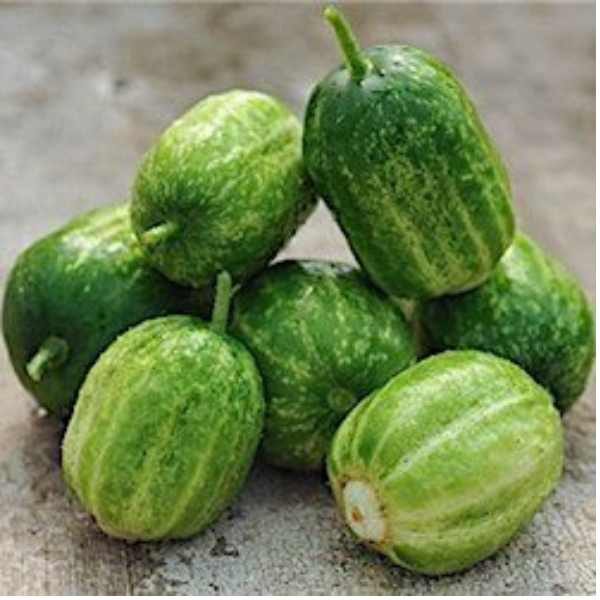



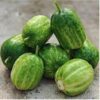
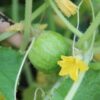
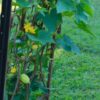


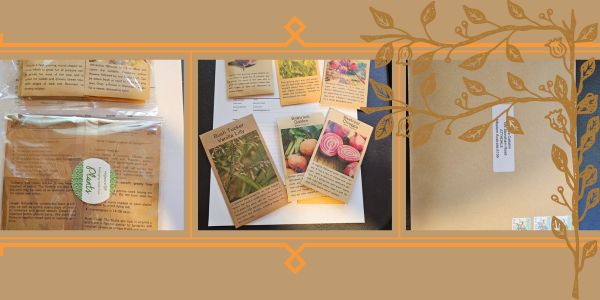
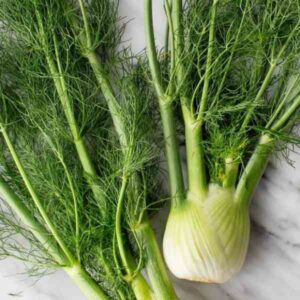
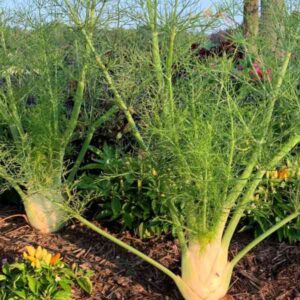
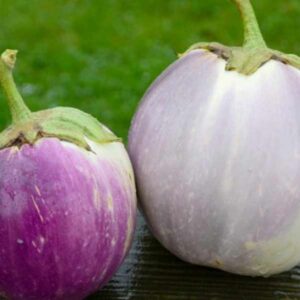
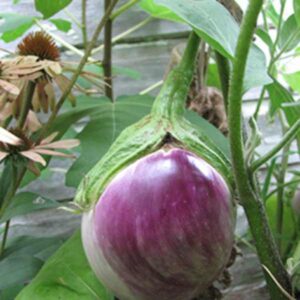
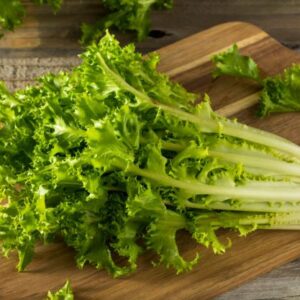
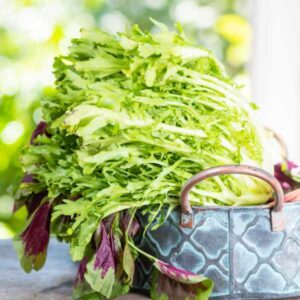
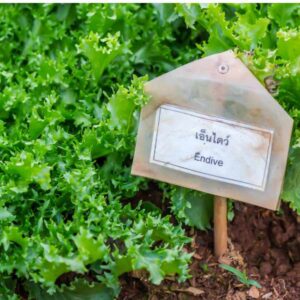
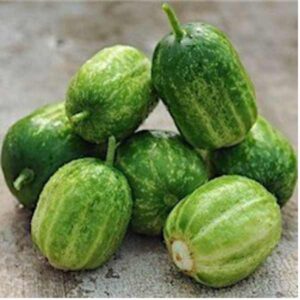
Reviews
There are no reviews yet